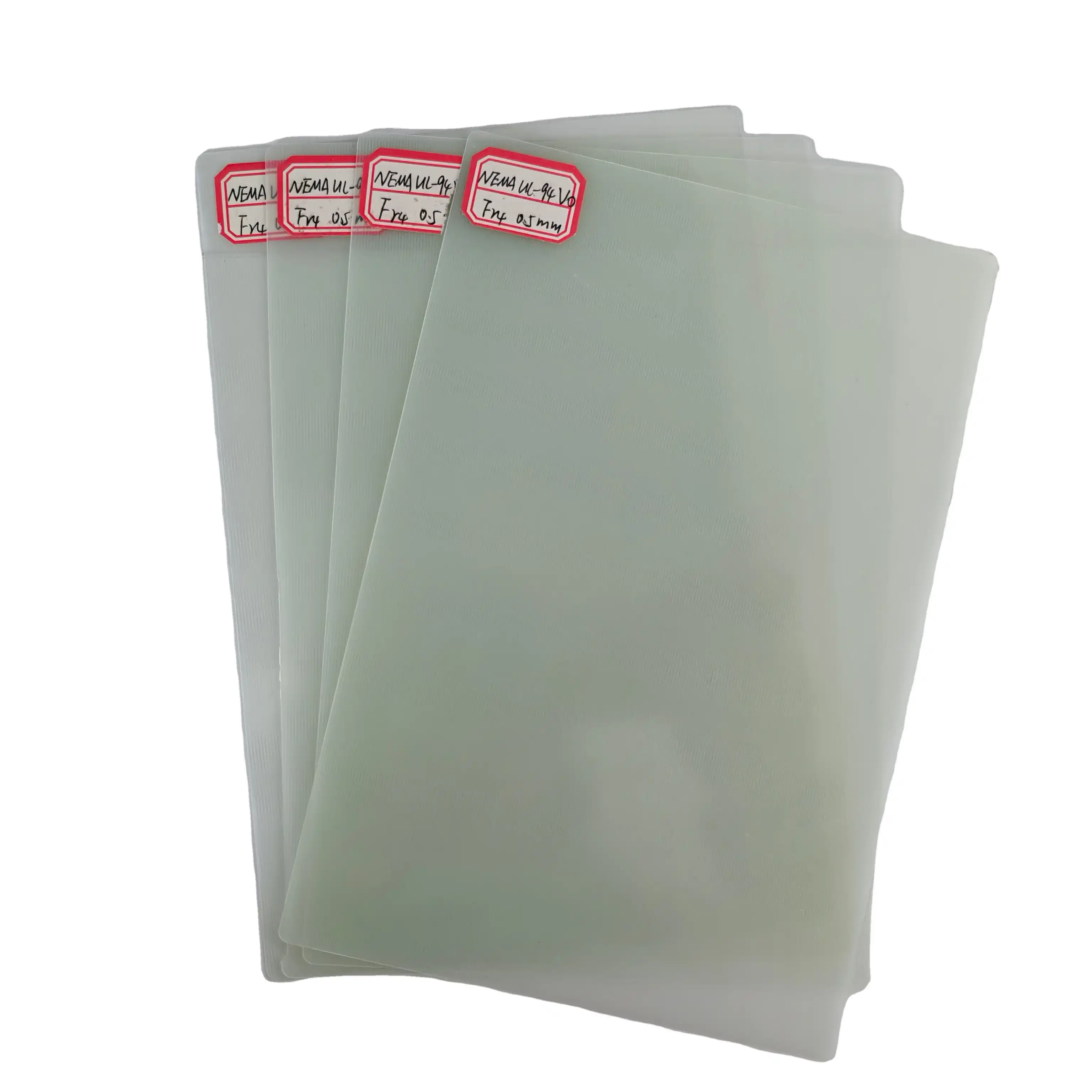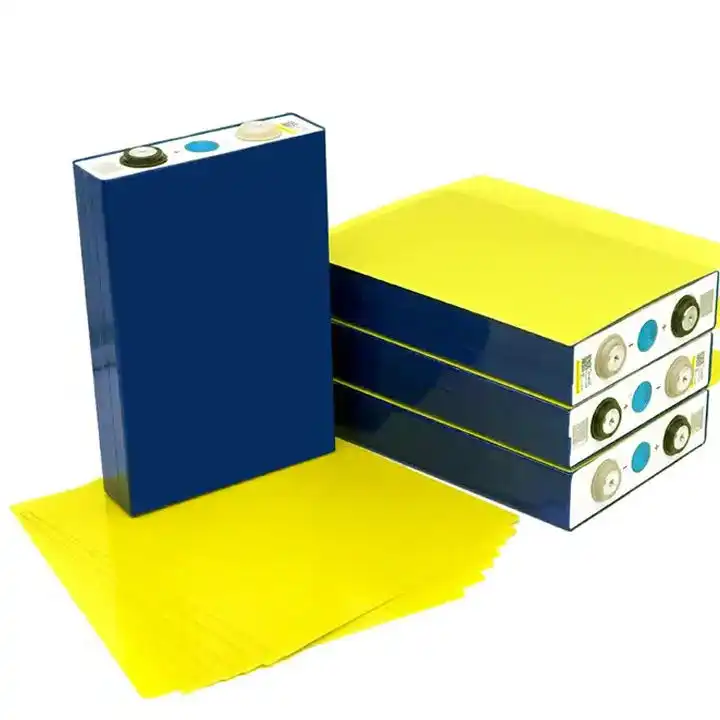Understanding the Mechanical Strength of Phenolic Fine Weave Cotton Cloth Laminated Sheet
2025-04-03 16:16:49
When it comes to grasping the mechanical strength of phenolic fine weave cotton cloth laminated sheet, it's all about resilience under pressure. This material, crafted by impregnating fine weave cotton fabric with phenolic resin, boasts remarkable durability, making it a go-to choice for demanding applications. Its mechanical strength shines through in its ability to withstand tensile forces, compressive loads, and impacts without succumbing to deformation or failure. The tightly woven cotton fibers, combined with the robust thermosetting resin, create a composite that excels in high-stress environments. Whether it's used in electrical insulation or heavy-duty machinery components, this laminated sheet delivers unparalleled toughness, ensuring longevity and reliability in global manufacturing settings.
Decoding the Composition of Phenolic Fine Weave Cotton Cloth Laminated Sheet
The Synergy of Cotton Fibers and Phenolic Resin
The backbone of this material lies in its intricate composition. Fine weave cotton cloth, known for its dense and uniform structure, acts as the reinforcing skeleton. When saturated with phenolic resin - a thermosetting polymer renowned for its rigidity - the result is a composite that marries flexibility with unyielding strength. This synergy ensures the laminated sheet can endure mechanical stresses, from bending to shearing, without compromising its integrity. Manufacturers globally prize this combination, as it provides a balance of toughness and workability, ideal for precision-engineered components.
The Role of Lamination in Enhancing Durability
Lamination is not merely a process; it's a fortification strategy. By layering the cotton cloth and curing it under heat and pressure, the material achieves a monolithic structure. This method eliminates weak points, ensuring uniform strength across the sheet. The lamination process also enhances resistance to delamination, a common failure mode in lesser composites. For industries requiring materials that endure relentless mechanical demands, this durability is a cornerstone of operational efficiency.
Why Fine Weave Cotton Outperforms Other Fabrics?
Not all fabrics are created equal in the realm of laminated sheets. Fine weave cotton, with its tightly interlaced fibers, offers superior tensile strength compared to coarser alternatives. This dense weave minimizes voids, ensuring the phenolic resin bonds seamlessly with the fabric. The result is a material that resists fraying, tearing, and abrasion, even under punishing conditions. Manufacturers worldwide turn to this variant for applications where mechanical reliability is non-negotiable, such as in high-voltage insulators or robust gear systems.
Mechanical Properties That Define Performance
Tensile and Compressive Strength Unveiled
The mechanical prowess of phenolic fine weave cotton cloth laminated sheet is most evident in its tensile and compressive strength. Tensile strength - the ability to resist pulling forces - ensures the material remains intact under stretching or elongation stresses. Compressive strength, on the other hand, allows it to bear heavy loads without buckling. These properties are critical in applications like electrical switchgear or structural supports, where the material must endure both dynamic and static forces. Rigorous testing standards, adhered to by global manufacturers, confirm that this laminated sheet consistently delivers exceptional performance in these domains.
Impact Resistance and Fatigue Endurance
Beyond static strength, this material excels in dynamic conditions. Its impact resistance - the capacity to absorb sudden shocks without fracturing - makes it invaluable in environments prone to mechanical jolts, such as industrial machinery. Fatigue endurance, the ability to withstand repeated stress cycles, further enhances its appeal. This resilience stems from the fine weave cotton's ability to distribute stress evenly, preventing localized failure. For manufacturers seeking materials that promise longevity under relentless operational demands, this laminated sheet stands out as a paragon of durability.
Thermal and Electrical Stability as Mechanical Allies
While mechanical strength is paramount, the material's thermal and electrical stability bolster its performance. Phenolic resin's inherent resistance to heat ensures the sheet retains its mechanical integrity even in elevated temperatures, a common challenge in industrial settings. Similarly, its dielectric properties make it an excellent insulator, reducing the risk of electrical arcing that could weaken mechanical components. This trifecta of mechanical, thermal, and electrical stability positions the material as a versatile solution for manufacturers navigating complex engineering challenges across the globe.

Applications and Advantages in Global Manufacturing
Precision Engineering in Electrical Systems
The mechanical strength of phenolic fine weave cotton cloth laminated sheet finds a natural home in electrical systems. Its ability to resist wear and deformation under mechanical stress makes it ideal for components like terminal boards, busbar supports, and circuit breaker parts. The material's dielectric strength ensures it can handle high voltages without compromising safety, a critical factor for manufacturers producing equipment for global markets. Its machinability - allowing intricate shapes to be crafted without sacrificing strength - further enhances its utility in precision engineering.
Heavy-Duty Performance in Machinery
Beyond electrical applications, this laminated sheet thrives in the punishing realm of heavy machinery. Gears, bearings, and wear pads crafted from this material benefit from its abrasion resistance and load-bearing capacity. The fine weave cotton's ability to absorb lubricants also reduces friction, extending the lifespan of moving parts. Manufacturers worldwide, from automotive to aerospace sectors, rely on this material to deliver components that endure the rigors of continuous operation, ensuring seamless production and minimal downtime.
Cost-Effectiveness and Sustainability Benefits
While performance is paramount, the material's cost-effectiveness and sustainability add to its allure. Compared to exotic composites, phenolic fine weave cotton cloth laminated sheet offers a compelling balance of price and performance, making it accessible to manufacturers of all scales. Its longevity reduces replacement frequency, minimizing waste and aligning with global sustainability goals. The use of cotton - a renewable resource - further enhances its environmental credentials. For companies seeking to optimize budgets without compromising quality, this material emerges as a pragmatic yet powerful choice.
Conclusion
The mechanical strength of phenolic fine weave cotton cloth laminated sheet is a testament to the ingenuity of composite engineering. Its robust composition, exceptional performance under stress, and versatility across industries make it a cornerstone of modern manufacturing. By blending durability with cost-effectiveness, this material empowers global manufacturers to create reliable, long-lasting products. Whether you're navigating the complexities of electrical systems or the demands of heavy machinery, this laminated sheet offers a solution that stands the test of time.
Contact Us
For more information about our phenolic fine weave cotton cloth laminated sheet products and how they can benefit your specific application, please contact us at info@jhd-material.com. Our team of experts is ready to assist you in finding the perfect solution for your mechanical strength requirements.
References
1. Smith, J. A., "Composite Materials in Industrial Applications," Journal of Advanced Manufacturing, Vol. 45, No. 3, 2020, pp. 112-125.
2. Patel, R. K., "Phenolic Resins and Their Mechanical Properties," International Journal of Polymer Science, Vol. 18, No. 2, 2019, pp. 78-92.
3. Brown, T. L., "Textile Reinforcements in Laminated Composites," Materials Engineering Review, Vol. 33, No. 4, 2021, pp. 56-70.
4. Kumar, S., "Durability of Cotton-Based Laminates in High-Stress Environments," Journal of Composite Structures, Vol. 27, No. 1, 2022, pp. 34-48.
5. Lee, H. Y., "Thermal and Electrical Stability of Phenolic Laminates," Industrial Materials Quarterly, Vol. 19, No. 3, 2020, pp. 89-103.
6. Garcia, M. E., "Sustainable Composites in Manufacturing," Global Engineering Digest, Vol. 12, No. 5, 2023, pp. 67-81.







